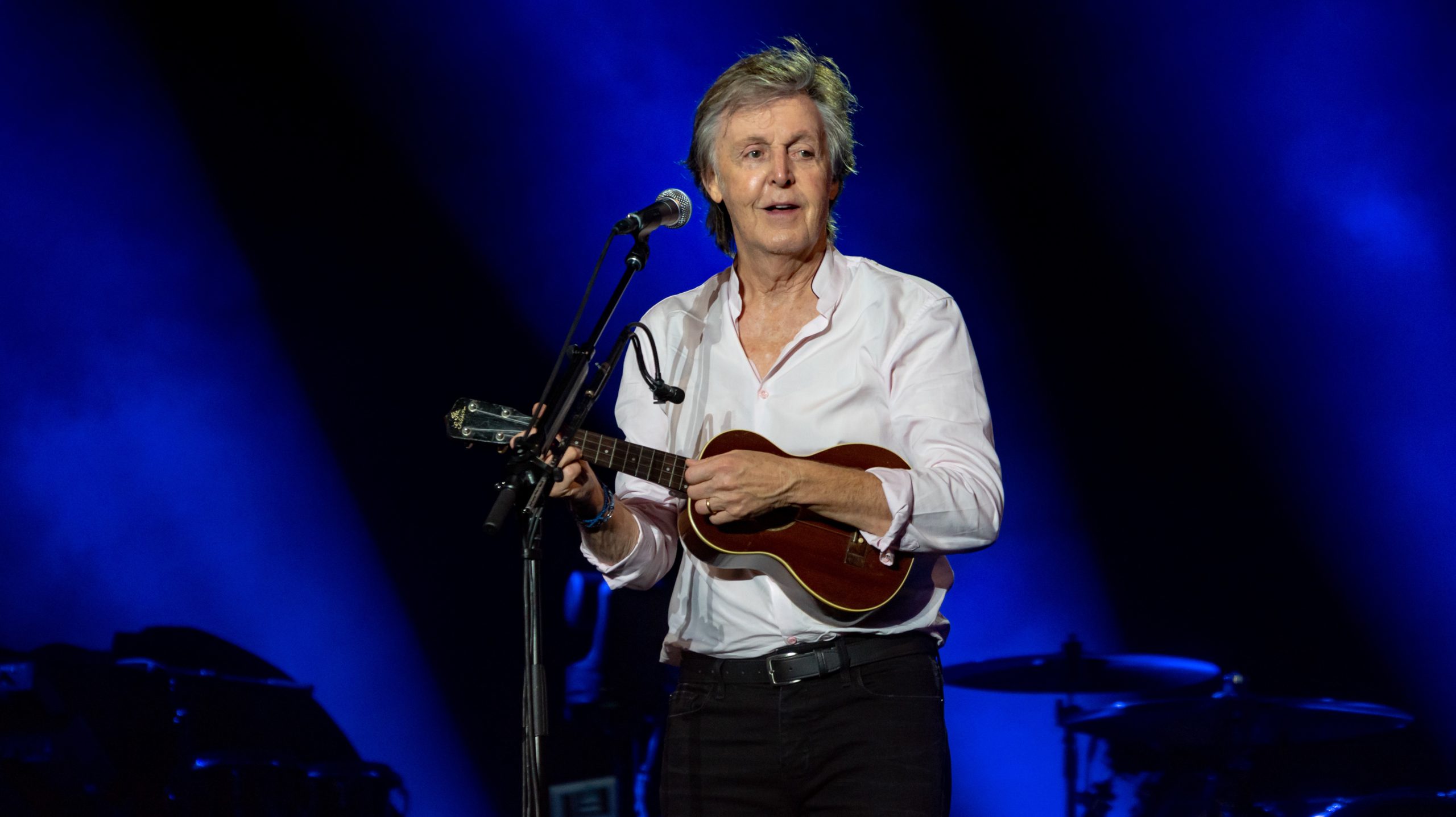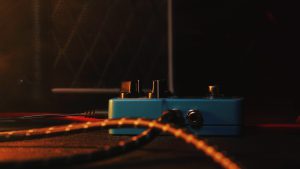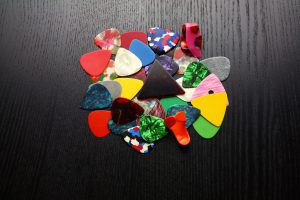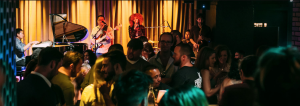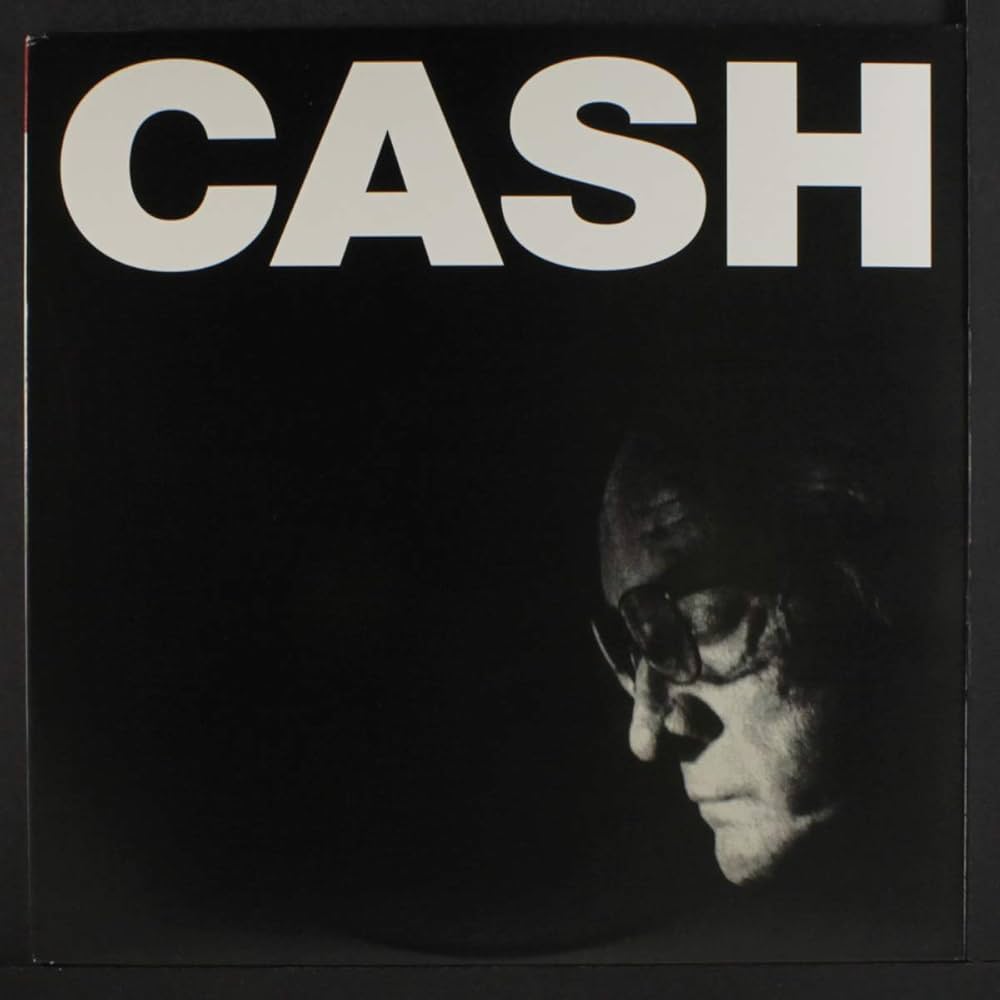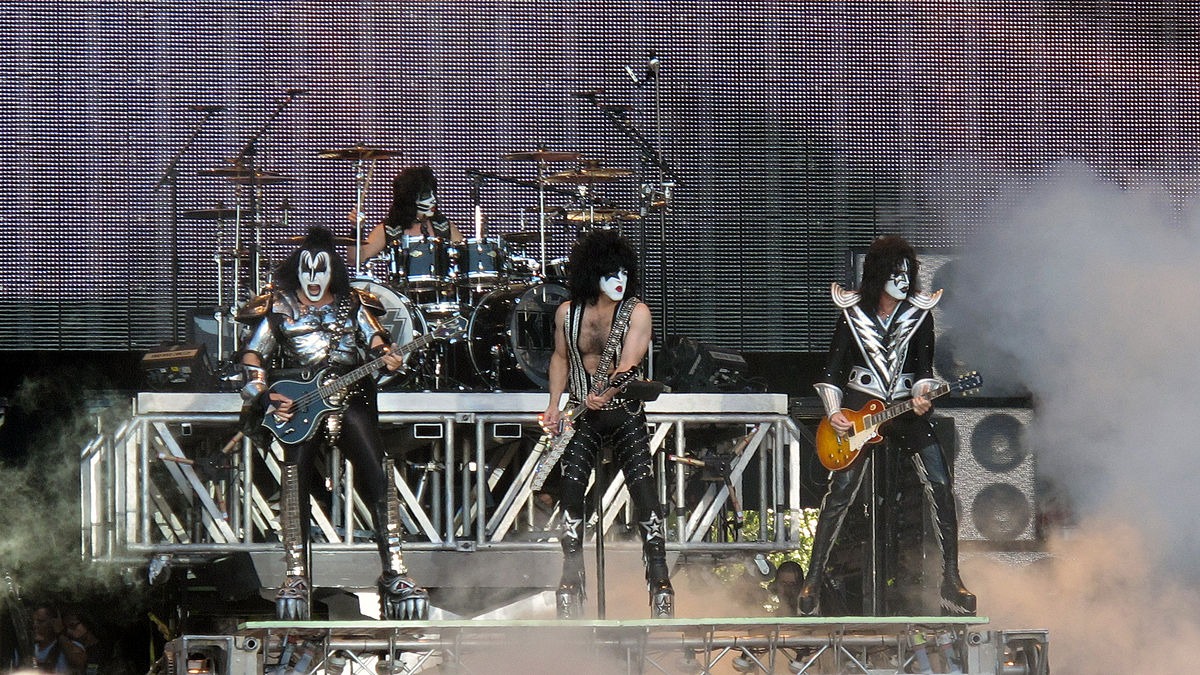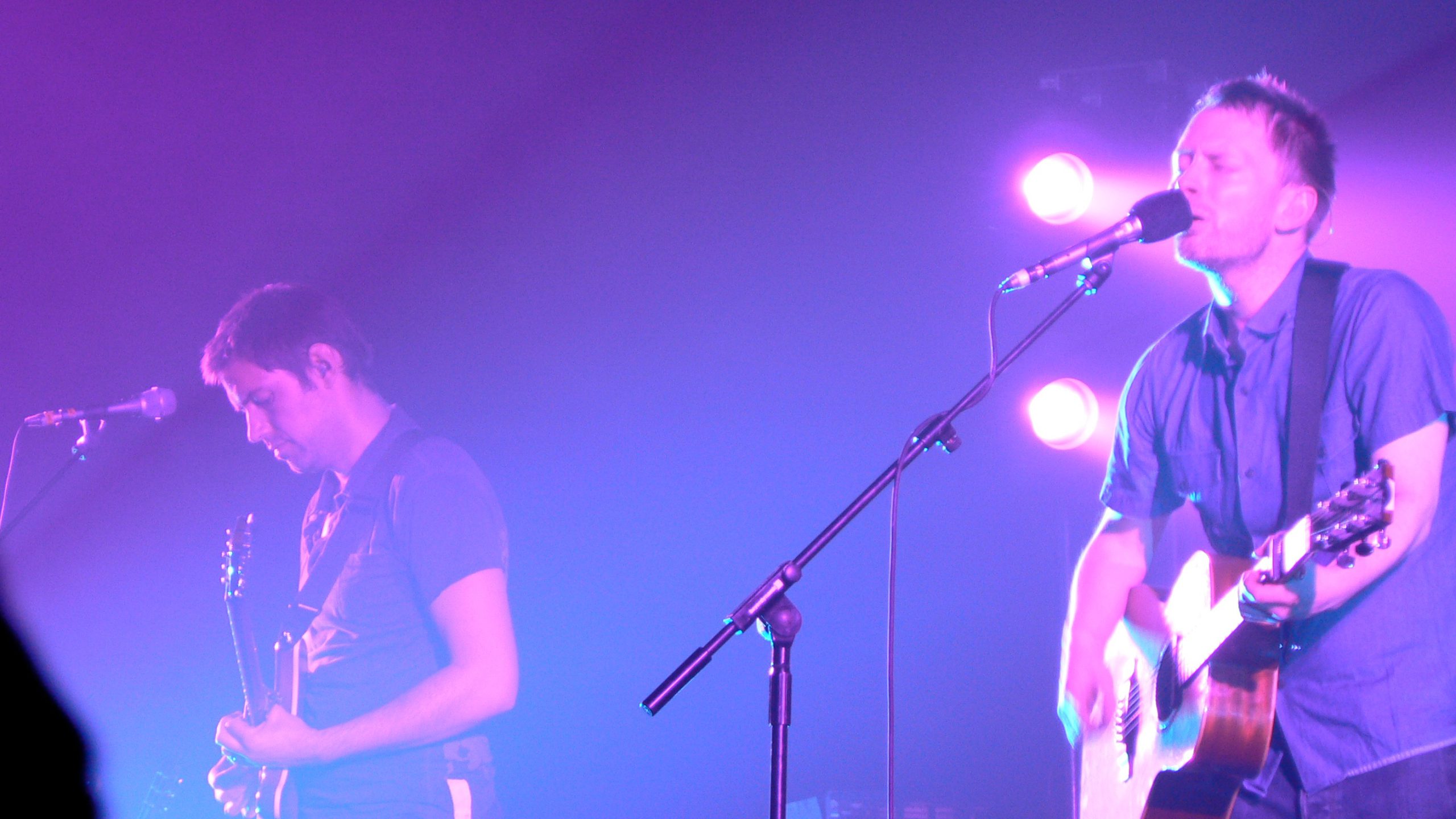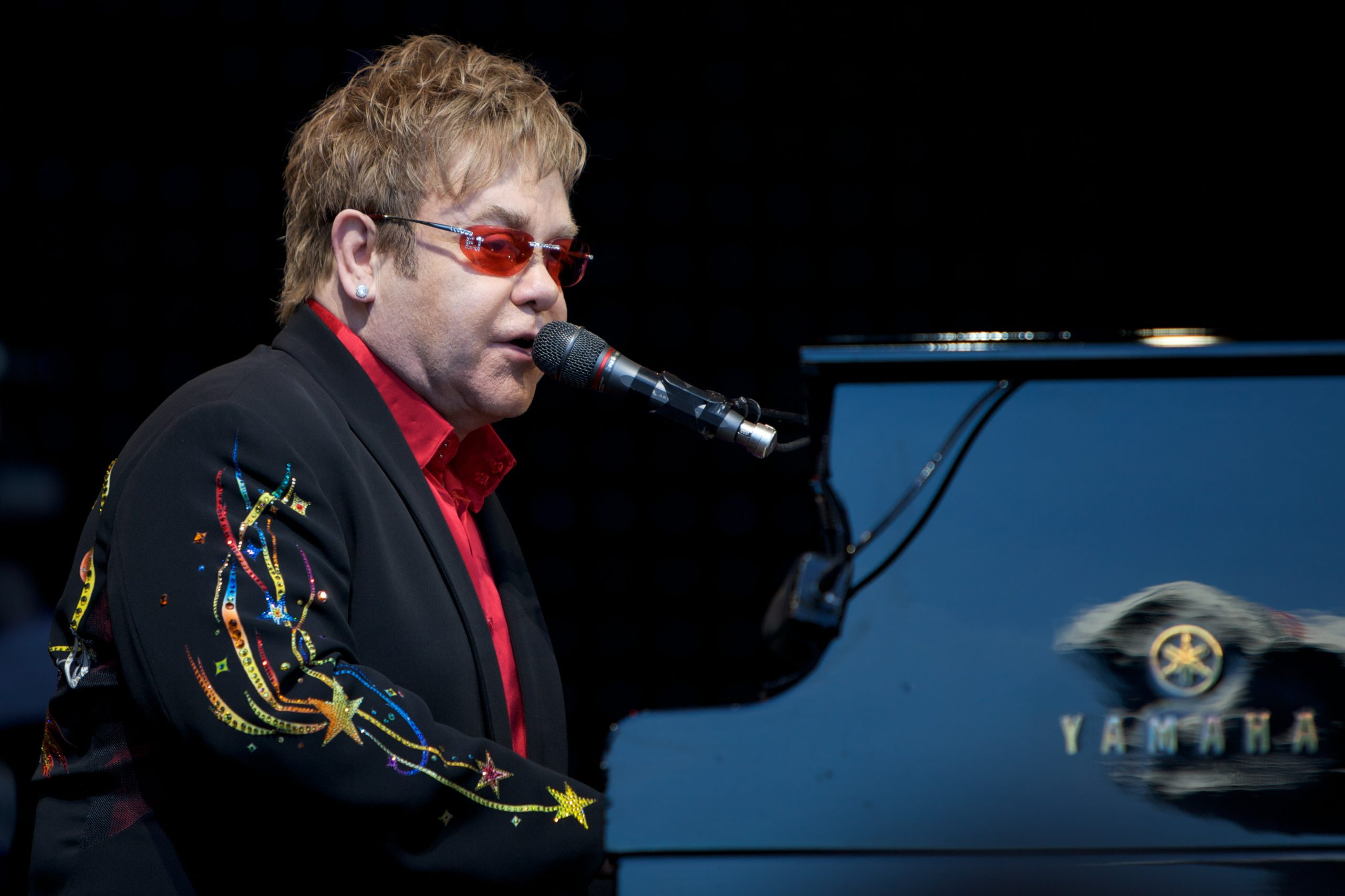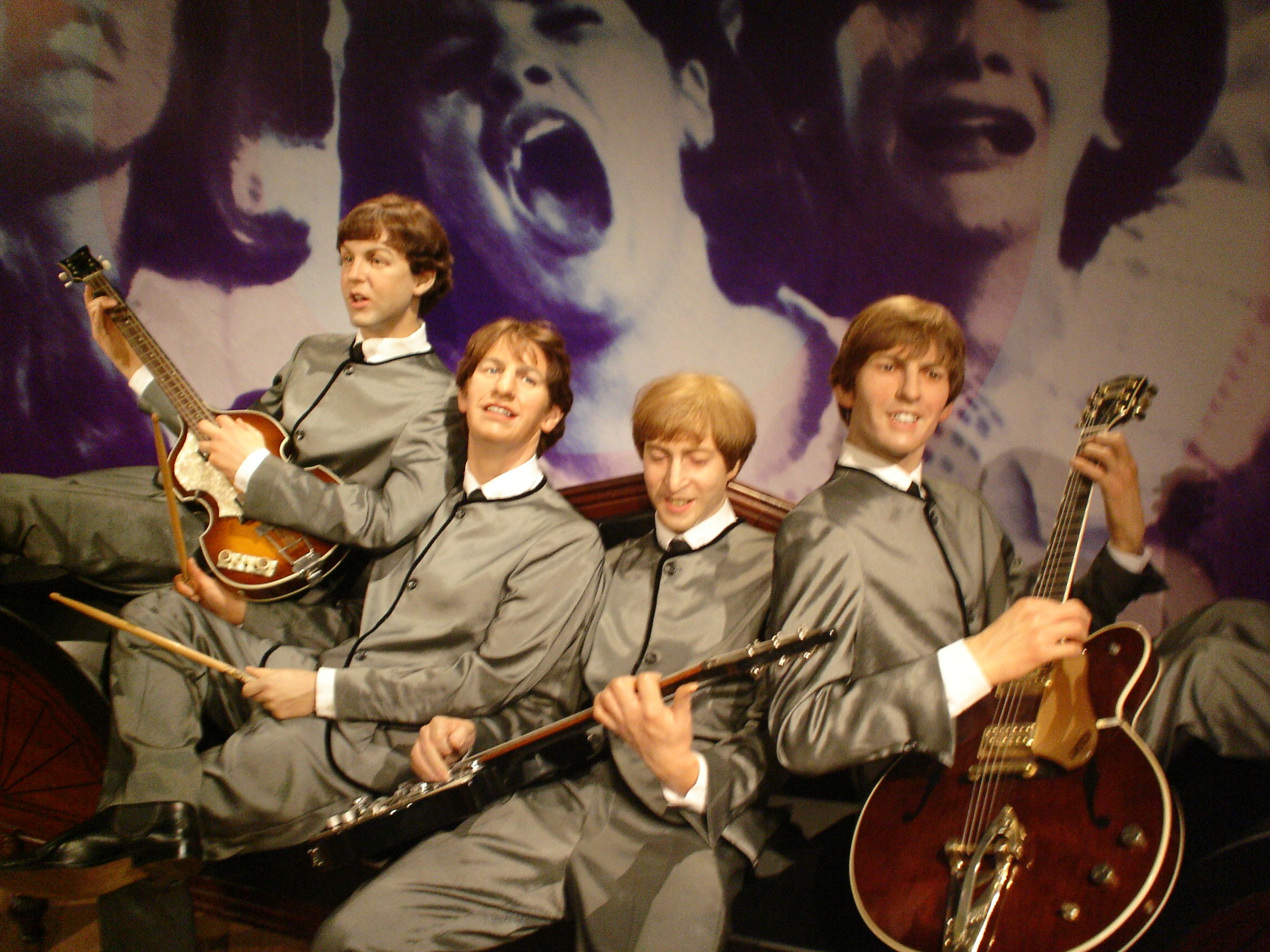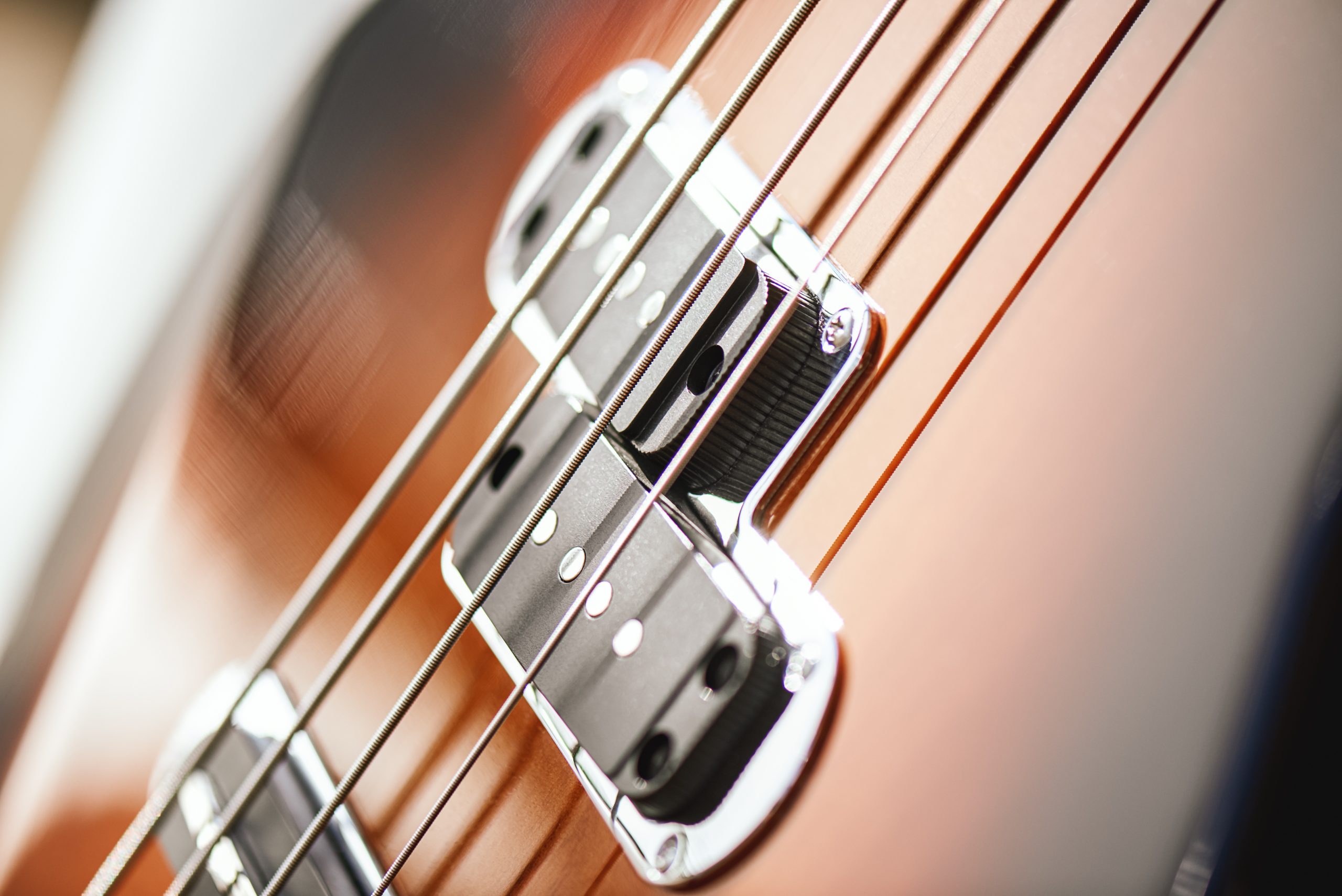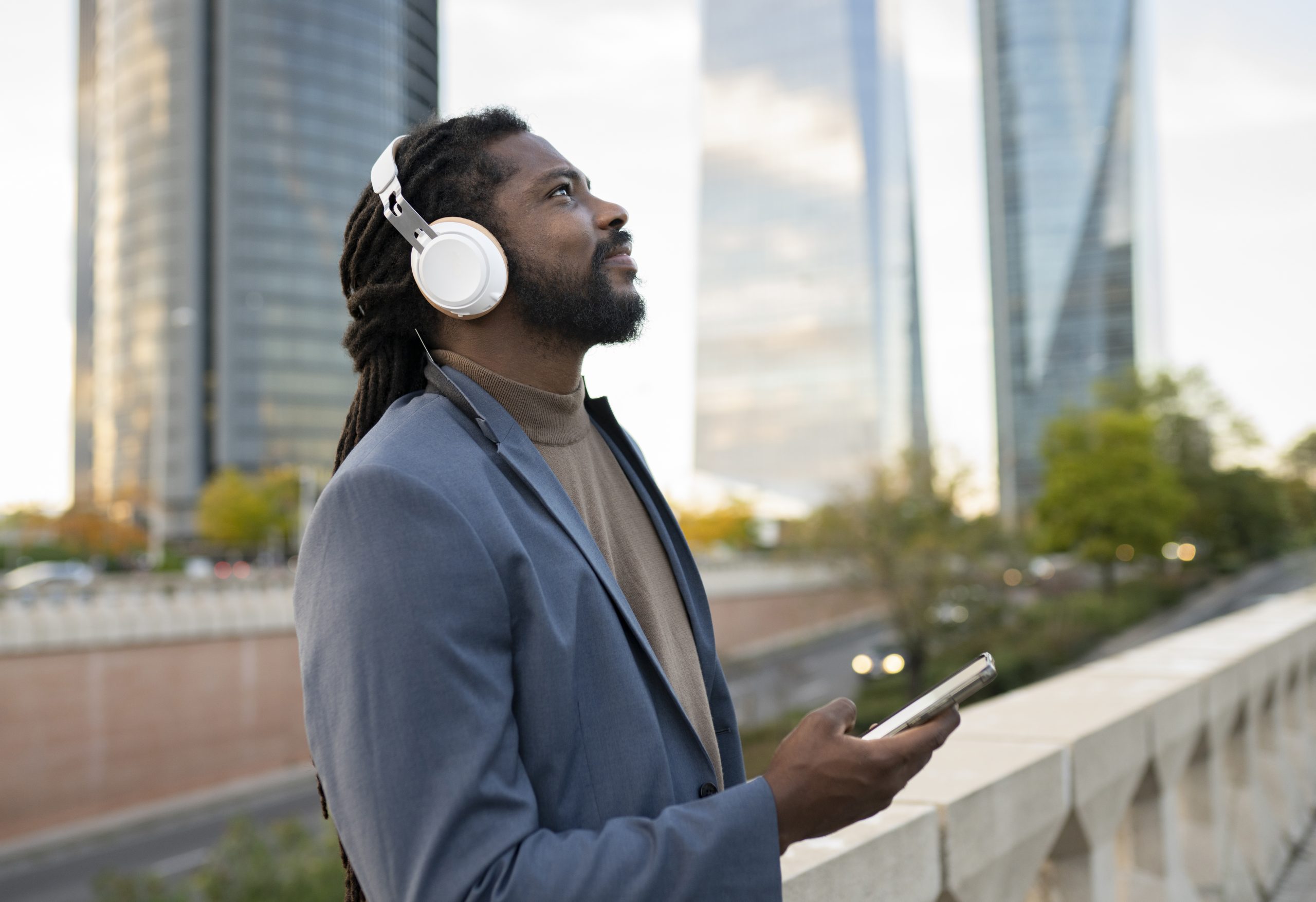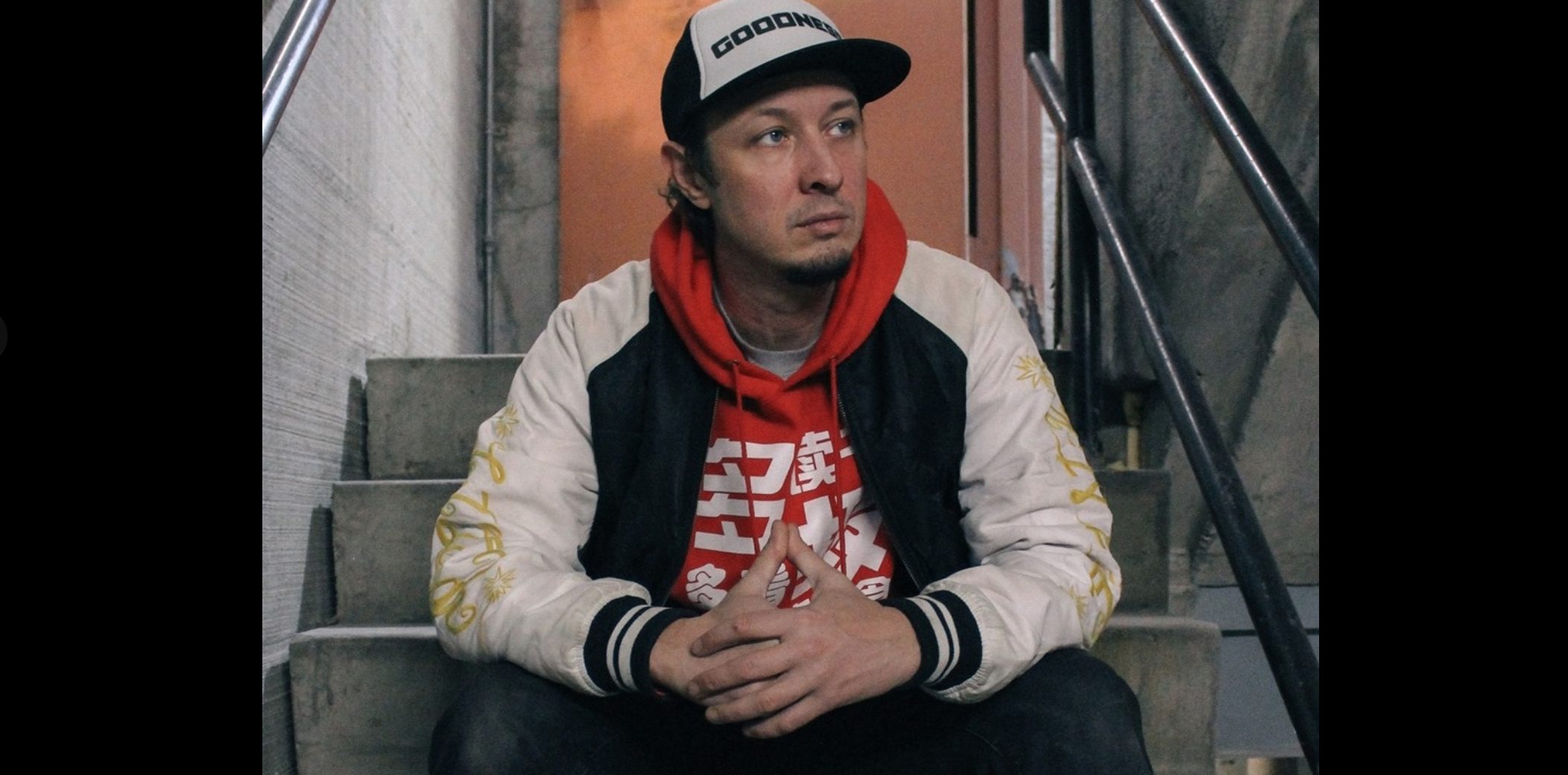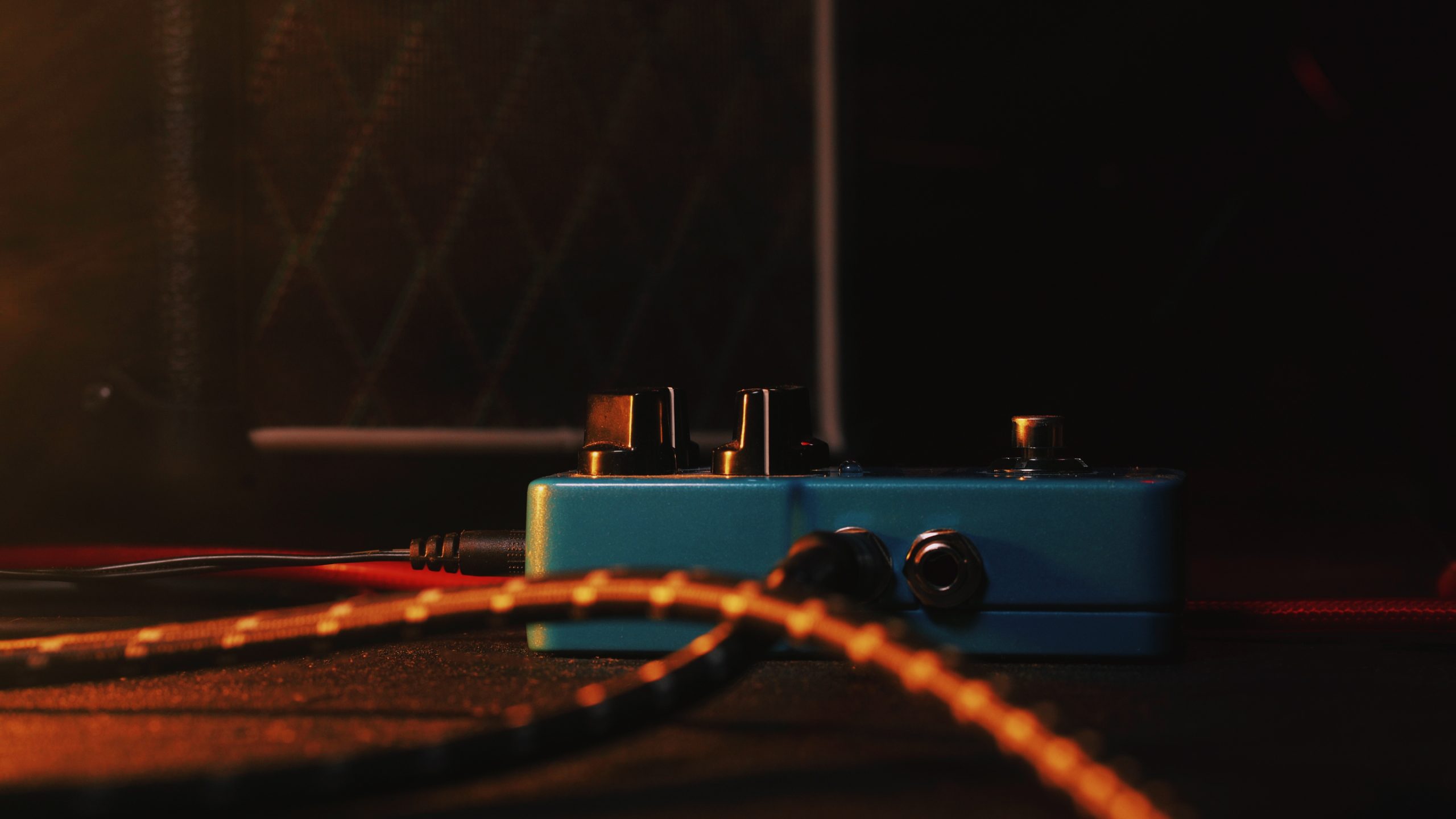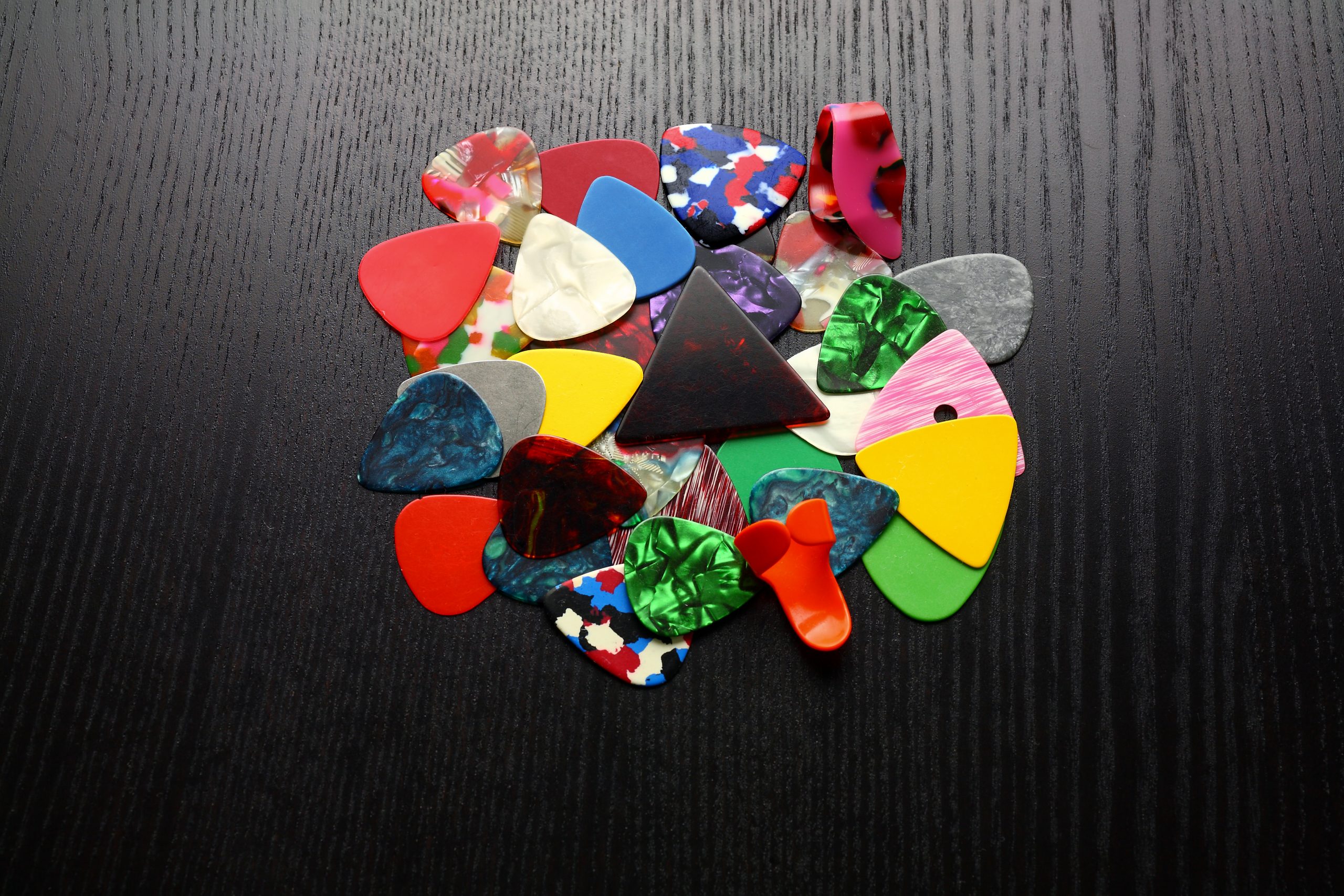Longtime fans wept as Paul McCartney opened his Santa Barbara Bowl show with the complete “Help!”—the first full performance since The Beatles’ Cardiff concert in December 1965.
Six Decades in the Making
This wasn’t your typical nostalgia tour moment—it was musical archaeology come alive.
The math hits different when you realize McCartney hadn’t played “Help!” in its entirety for 60 years. Sure, he’d teased fragments during his 1989-1990 solo tour, weaving pieces into Lennon tribute medleys. But September 27th marked something unprecedented: a complete resurrection of one of The Beatles‘ most beloved anthems, performed with the weight of six decades between then and now.
Santa Barbara Bowl’s 4,500-seat intimacy made the moment feel like discovering a lost Beatles bootleg in your attic. Fans locked away their phones per venue policy, creating an analog bubble where McCartney’s voice carried without digital interference.
According to attendees, the emotional response was immediate and visceral—tears from longtime followers who never expected to witness this particular piece of history.
When Intimate Meets Monumental
Arena production in a theater setting created something between a concert and a séance.
McCartney chose the smallest venue on his current US tour for this historic moment, announcing the show just two weeks prior. The scarcity amplified everything—ticket demand, anticipation, and ultimately the performance’s emotional impact.
This wasn’t Stadium McCartney; this was living room McCartney, sharing Beatles deep cuts like family secrets. The setlist balanced familiar crowd-pleasers (“Hey Jude,” “Let It Be”) with the evening’s centerpiece surprise.
Most remarkably, McCartney included a virtual duet with John Lennon on “I’ve Got a Feeling,” using technology to bridge the ultimate gap between past and present. The night felt like scrolling through a carefully curated Beatles playlist, except the algorithms were replaced by decades of artistic intuition.
Legacy Artists, Collaborative Catalogs
This performance signals how surviving legends approach their shared musical history.
McCartney’s choice to perform “Help!” represents more than setlist expansion—it’s artistic diplomacy. The song emerged from Lennon’s pen during The Beatles’ experimental mid-period, making its inclusion a rare acknowledgment of his former partner’s songwriting legacy.
For an artist who could fill stadiums playing only his own compositions, choosing to honor collaborative work speaks volumes. The performance suggests McCartney understands what his audience craves: not just greatest hits, but complete musical archaeology.
In an era where streaming algorithms surface forgotten gems daily, legacy artists face pressure to match that curatorial depth. McCartney delivered, turning a standard tour opener into a 60-year musical mystery finally solved.


